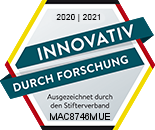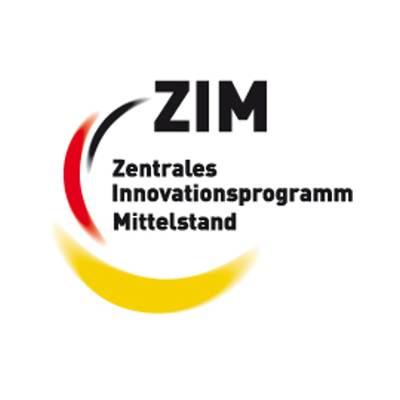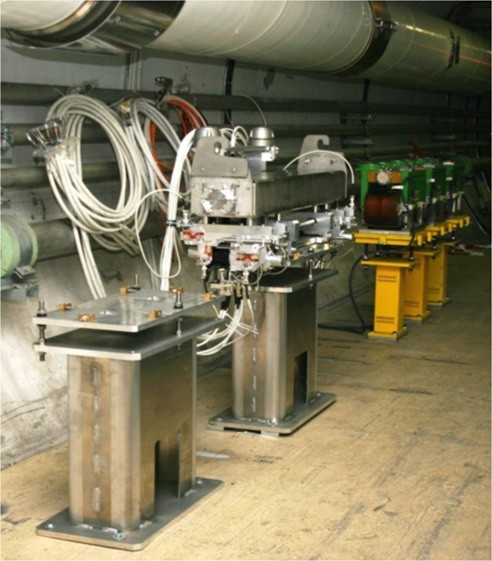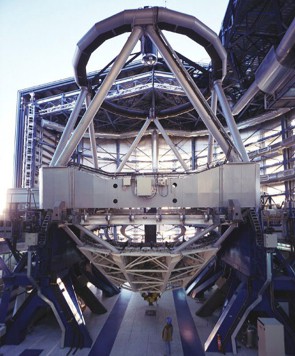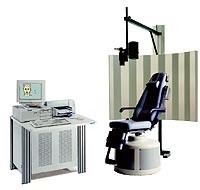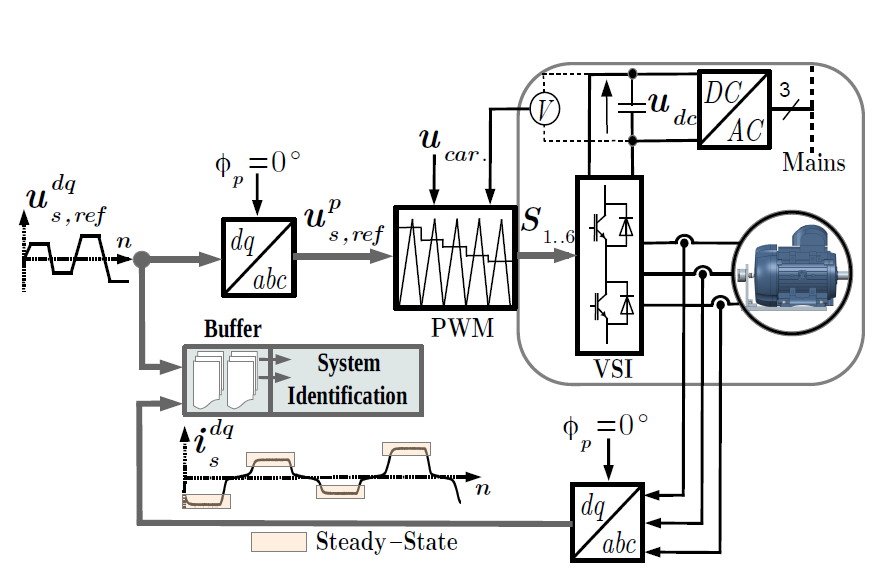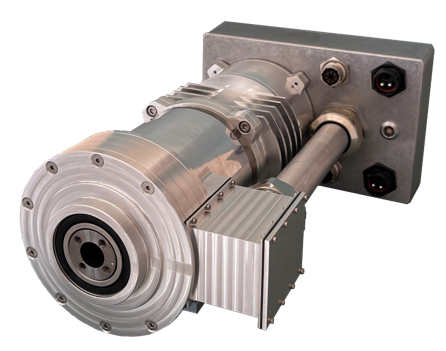| Ongoing research projects | Duration | Logo/Image | Paper |
|---|
| INDUGIE | High-frequency inductive power transmission for autonomous electric drives In automation technology, there are some challenging applications that require hermetic sealing of automated machines, such as placement robots in the semiconductor industry or in medical technology. Classic cable loops or sliding contacts can often not be used due to the requirements. The energy must then be transmitted wirelessly to the actuators in the automats. | until 03/2023 | 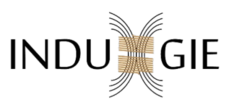 | |
| skalTABs | Scalable Thermal Management and Drivetrain for Fuel Cell Commercial Vehicles The project “SkalTABs” addresses scalable powertrain and thermal management architectures as well as the associated hardware components for future commercial vehicles with fuel cells. The optimization of the system architectures is based on a holistic view of the electrical and thermal energy flows, aiming for the highest possible overall efficiency. By combining a high overall efficiency with the scalable approach of the fuel cell system, a wide range of commercial vehicles from different application and power ranges are covered. In this way, the project helps making fuel-cell powertrains cost-efficient and thus accessible to smaller vehicle manufacturers in particular. A central component for the entire powertrain management is the multiport DC/DC converter that regulates the energy flows between the fuel cell, battery and drive inverter. In addition to a high efficiency, dynamic control techniques for the converter and loss-reduction methods for the overall system are addressed. Within the scope of the project, the following aspects, among others, are investigated in detail: - Increasing life time of components
- The commercial vehicle-specific requirements demand a significantly increased component service life compared to passenger car applications. 3D-printed high-performance coolers and special power modules are used to ensure the required service life.
- Scalability of the converter topology
- To enable scalability of the DC/DC converter, different variants of parallelization are investigated and benchmarked. An optimum is targeted, taking into account the parameters cost, efficiency, volume, manufacturability, etc.
- New control methods for the traction machine
- The joint control of DC/DC converter and traction converter is investigated. New control methods for the traction machine are being researched with regard to efficiency, THD and torque ripple.
| 08/2021 - 07/2024 | |  |
| KIRA | AI Methods for Optimized Control of Electric Traction Drives The KIRA project (AI methods for optimized control of electric traction drives) focuses on the holistic optimization of the operation of electric traction drives by using methods based on artificial intelligence (AI). The focus is the development of novel actuation and control concepts, which require a fundamental revision of current methods and models. With its optimization methodology, KIRA addresses the key aspects of electric drive systems for vehicles: increasing efficiency, increasing power density, reducing noise and increasing torque accuracy. The project is funded by the German Federal Ministry for Economic Affairs and Energy (BMWi).
The key is a more precise AI-based model description of various physical domains of an e-drive. They are investigated in the project in combination with classical and AI-based control methods, which will enable precise optimization of the efficiency, utilization, noise development, and torque accuracy of the e-drive. Within the project, the focus is on pure electric vehicles. However, the solutions are in principle applicable to hybrid vehicles and all other types of electric drives. To achieve these goals, KIRA focuses on an interlinked approach across all relevant drive levels. On the one hand, ISEA's goal in KIRA is to enable the control of acoustic emissions through AI-based acoustic modelling of the electrical machine. This offers the possibility to represent the complex multi-physical relationships from excitation to radiation of acoustic emissions in a simplified way. This allows real-time capability of the acoustic model while maintaining sufficiently high accuracy. On the other hand, the thermal behaviour of the electrical machine is investigated. Again, AI-based approaches such as neural networks offer the potential to significantly reduce the computational complexity of the models without negatively affecting the accuracy. Here, ISEA demonstrates that AI-based models provide comparable results to classical modelling approaches. Another goal of ISEA is to find the optimal generation of training data for the considered modelling approaches. Both model-based and empirical data are investigated. | 08/2021 - 07/2024 | 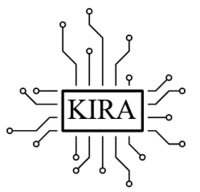 |  |
| eTail | | | | |
| |
| Completed research projects | Duration | Logo/Image | Paper |
|---|
| GaNext | “Next Generation GaN Power Module Project” Gallium Nitride ”GaN” is a promising material to replace silicon in power electronics application in the 650V market sector. Power systems based on GaN are lighter, more compact, significantly more efficient and potentially cheaper than those based on Silicon. Within the GaNext project we aim to remove barriers for GaN adoption and demonstrate the higher efficiency and power density of GaN-based system in a range of applications. The heart of the project is the development of an intelligent GaN power module where the controller, drivers and protection circuits are co-packaged with the power devices. | 02/2020
-
12/2022 |  | |
| HOMAG | High-performance magnetic materials based on SmCo and CoFe for highly efficient electric automotive engines and aircraft engines The mobility of people and goods is an important prerequisite for our society. The necessary means of transport on land, water and in the air all require increasingly powerful engines. In road traffic and aviation in particular, huge amounts of fossil resources in the form of petrol, diesel and kerosene are still burned in engines and turbines. On the one hand, this is not sustainable because of the limited deposits and, on the other hand, the released CO2 accelerates climate change, both of which represent a heavy burden for future generations.
The electrification of powertrains is the most promising approach to solve these challenges. The limited storage capacity of the currently available battery systems leads to the urgent need to increase the efficiency of electric drives. In addition, especially in the field of aviation, the volume and weight of propulsion systems are limiting factors and must be reduced as far as possible in order to enable the use of certain technologies and to conserve resources. | 01.11.2018
– 31.10.2021 |  | |
| DRIVES 5G | 5G-DRIVE: 5G HarmoniseD Research and TrIals for serVice Evolution between EU and ChinaThe global deployment and market adoption of 5G in one of the industry’s main priorities, but a global technology consensus and spectrum harmonisation still remains a key issue before 5G standardisation is finally approved. International collaboration and alignment among key regions are essential to facilitate this process, with Europe and China being two of the main regions in this regard. The European Commission (EC) has taken the first step to boost 5G global cooperation with many countries and regions, including through jointly funded projects, global 5G events and other initiatives. The EC and China have agreed to fund joint projects on 5G trials to address two of the most promising 5G deployment scenarios, namely enhanced Mobile Broadband (eMBB) and Vehicle-to-Everything (V2X) communications. 5G-DRIVE, in collaboration with its Chinese twinning counterpart , has the ambition to fulfil this goal. 5G-DRIVE will bridge current 5G developments in Europe and China through joint trials and research activities to facilitate technology convergence, spectrum harmonisation and business innovation before the large-scale commercial deployment of 5G networks occurs. 5G-DRIVE will develop key 5G technologies and pre-commercial testbeds for eMBB and V2X services in collaboration with the Chinese twinning project. Trials for testing and validating key 5G functionalities, services and network planning will be carried out in Europe and China. | 09/2018
-
2021 |  | |
| ADEPT | Advanced Electric Powertrain Technology | 09/2017 - 10/2019 |  | |
| TEMA-UAV | Design and Evaluation of Fault-Tolerant Electro-Mechanical Actuators for Flight Controls of Unmanned Aerial Vehicles | | 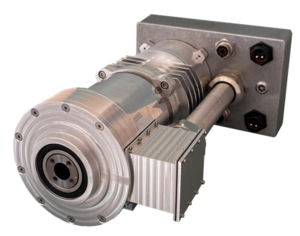 | |
| | | | | |
| AktiWa | Advanced Electric Powertrain Technology | | | |
| E-SEMA | Electric Smart Electro-Mechanical Actuator for gas turbine engines | | | |
| MaTE | Magnet-free traction motors for electromobility | | | |
| PitchER | Magnetless pitch drive in wind turbines by using electric transverse flux reluctance machines. | | | |
| SKLEWU (Komrol) | SCalable SiC power electronics for converters and inverters (compact and robust power electronics) | | | |
| Transinno | Innovative linear motor of high force density with passive stator based on transversal technology | | | |

